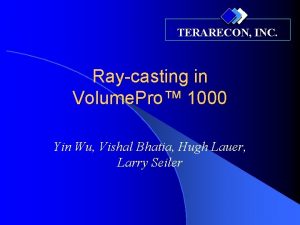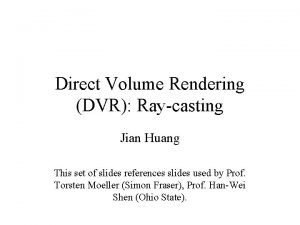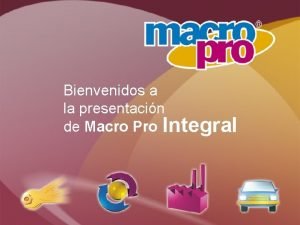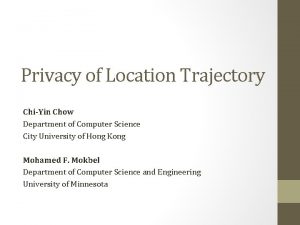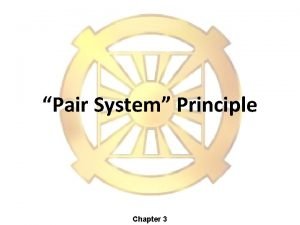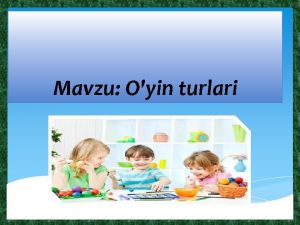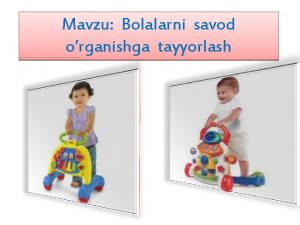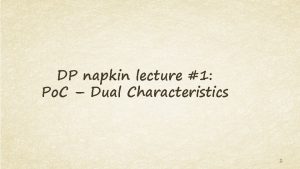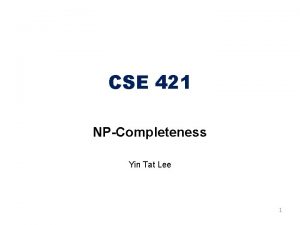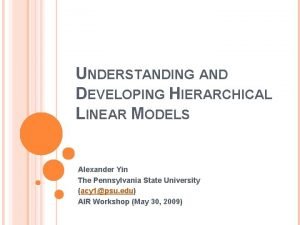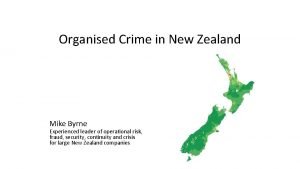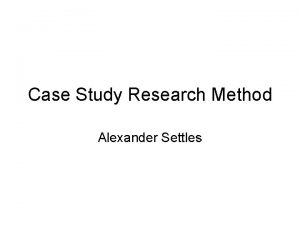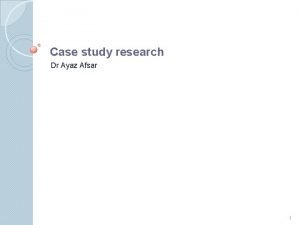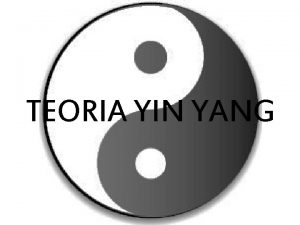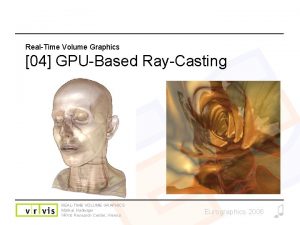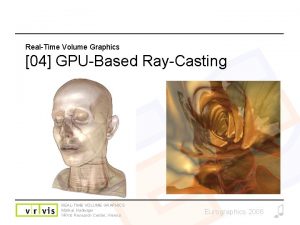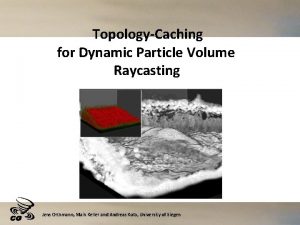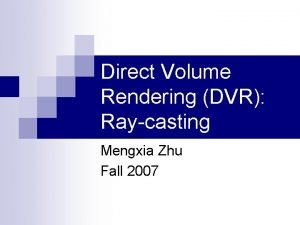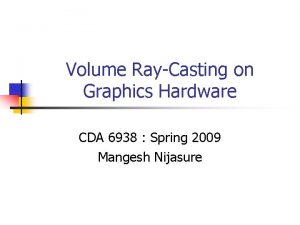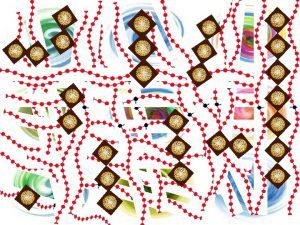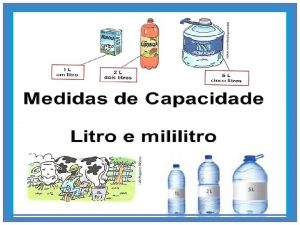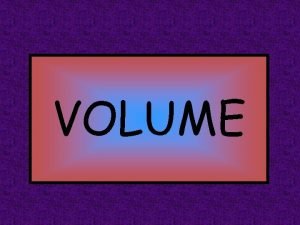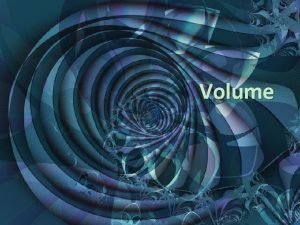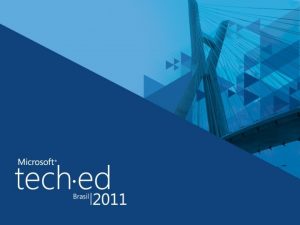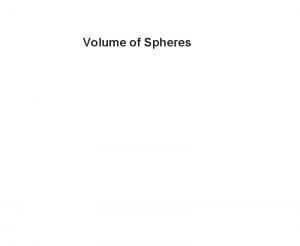TERARECON INC Raycasting in Volume Pro 1000 Yin


















- Slides: 18

TERARECON, INC. Ray-casting in Volume. Pro™ 1000 Yin Wu, Vishal Bhatia, Hugh Lauer, Larry Seiler

Volume. Pro™ 1000 Summary l Second generation real-time volume rendering accelerator l Ray-casting at 109 samples per second l Ray-per-pixel image quality l Translucent & opaque embedded polygons l 8 -, 16 -, & 32 -bit voxels (up to four fields) l Geometry-based space leaping, early ray termination l… 2 TERARECON, INC.

The Challenge in Ray-casting Performance vs. Image Quality Shear-Warp § Traverse & resample data in memory order. § Warp needed for final image. áFast § Efficient memory access § Volume. Pro 500 âImage Quality § 2 nd resampling § No embedded geometry 3 Full Image order § Traverse & resample data in pixel order áImage Quality § No 2 nd resampling § Embedded geometry âPerformance § Memory accesses similar to random access. TERARECON, INC.

Volume. Pro 1000 Ray-casting l Rays through pixels on image plane § Image quality equiv. to full image order § No 2 nd resampling 4 TERARECON, INC.

Volume. Pro 1000 Ray-casting l Rays through pixels on image plane § … l Samples organized in planes parallel to faces of the volume § Traverse & process data in memory order § Maximize memory performance 5 TERARECON, INC.

xy-image order — 2 parts (aka shear-image order) l Voxel processing part Traverse data slice-by-slice in memory order l Read voxels for each slice of samples l Voxel-oriented processing (e. g. , gradient estimation) l Store in on-chip buffers l l Sample processing part Define sample points where rays intersect slices l Traverse & interpolate on-chip buffer in pixel order l Sample-oriented processing l Ø l 6 e. g. , illumination, filtering, depth testing, compositing Output to image TERARECON, INC.

Volume. Pro 1000 ray-casting (Additional optimizations) l Section: rays assoc. with tile of image plane Minimize on-chip buffer space l All slices of a section processed before next section l Enables early ray termination l l Mini-block l Burst accesses to 2 2 2 voxels or 2 2 pixels Ø l Skewed l From Volume. Pro 500 across eight memory channels Parallel access to 8 adjacent mini-blocks or stamps in any dimension Ø 7 and stamp organized memory From Volume. Pro 500, Cube-4 (SUNY Stony Brook) TERARECON, INC.

Pipelines 250 MHz Block Diagram control Voxel processing Sample processing (266 -333 MHz) On-chip Slice buffers Sample processing eight channels 16 -bit DDR SDRAM control Sample processing Memory Interface Sequencer 33 -66 MHz Sample processing PCI bus Interface 16 -node SIMD processor Voxels (organized as mini-blocks) Pixels (organized as stamps) 8 TERARECON, INC.

Technical summary l Four 250 MHz pipelines, 109 samples per second l Trilinear interpolations on seven channels Ø Ø Four colors or voxel fields Three gradient components Classification of (up to) four voxel fields l Phong illumination calculation l 25 -30 individual visibility tests l Alpha correction, gradient magnitude modulation l l Perspective 9 rendering (in Shear-Warp) TERARECON, INC.

What next? l Is 109 samples/second enough? 1 megapixel at 15 fps ~66 samples/ray (average) l Not very many, even with aggressive space leaping l l Major items yet to be done Content-based space-leaping l Faster memory, pipelines, and Sequencer l Perspective volume rendering l More programmability l 10 TERARECON, INC.

Pretty Pictures 11 TERARECON, INC.

12 TERARECON, INC.

13 TERARECON, INC.

Supplementary Slides 14 TERARECON, INC.

Embedding Surfaces in Volumes Allows inserting pointers, medical Front clip bounds prostheses, or geological data markers into the volume l Also supports arbitrary clipping regions, all in real time Transl Each ray is cast in multiple lucent segments, between surfaces surface specified by depth buffers l Surface rendering performed in 3 D Opaque background graphics chip using Open. GL l 15 TERARECON, INC.

Embedding Surfaces in Volumes Allows inserting pointers, medical prostheses, or geological data markers into the volume l Also supports arbitrary clipping regions, all in real time l Each ray is cast in multiple segments, between surfaces specified by depth buffers l Surface rendering performed in 3 D graphics chip using Open. GL l 16 TERARECON, INC.

Embedding Surfaces in Volumes Allows inserting pointers, medical prostheses, or geological data markers into the volume l Also supports arbitrary clipping regions, all in real time l Each ray is cast in multiple segments, between surfaces specified by depth buffers l Surface rendering performed in 3 D graphics chip using Open. GL l 17 TERARECON, INC.

Embedding Surfaces in Volumes Allows inserting pointers, medical prostheses, or geological data markers into the volume l Also supports arbitrary clipping regions, all in real time l Each ray is cast in multiple segments, between surfaces specified by depth buffers l Surface rendering performed in 3 D graphics chip using Open. GL l 18 TERARECON, INC.
 Terarecon tutorial
Terarecon tutorial Direct volume rendering ray casting
Direct volume rendering ray casting The macro pro pro maxcharltonmacrumors
The macro pro pro maxcharltonmacrumors Yin yang marketing
Yin yang marketing Chi-yin chow
Chi-yin chow Mindbodyartist
Mindbodyartist O'yin turlari referat
O'yin turlari referat Babayeva nutq o'stirish
Babayeva nutq o'stirish Meridianos yin
Meridianos yin Yin e yang masculino e feminino
Yin e yang masculino e feminino Yin energy characteristics
Yin energy characteristics Yin tat lee
Yin tat lee Yin yang fish dish
Yin yang fish dish Alexander yin
Alexander yin Mike yin new zealand
Mike yin new zealand Wenyan yin
Wenyan yin Building theories from case study research
Building theories from case study research Conclusion of case study
Conclusion of case study Teoria yin yang
Teoria yin yang
